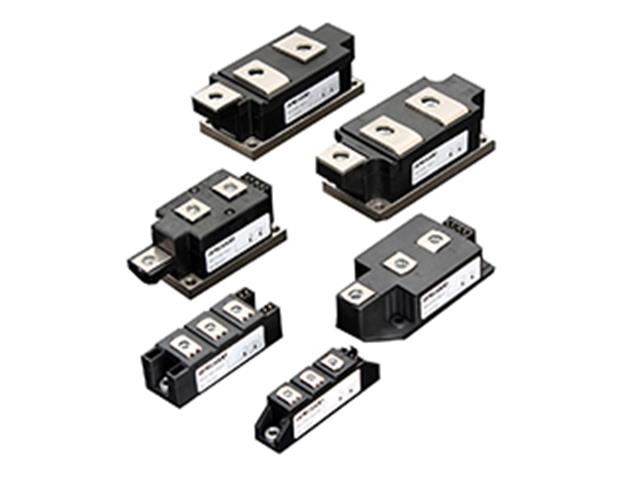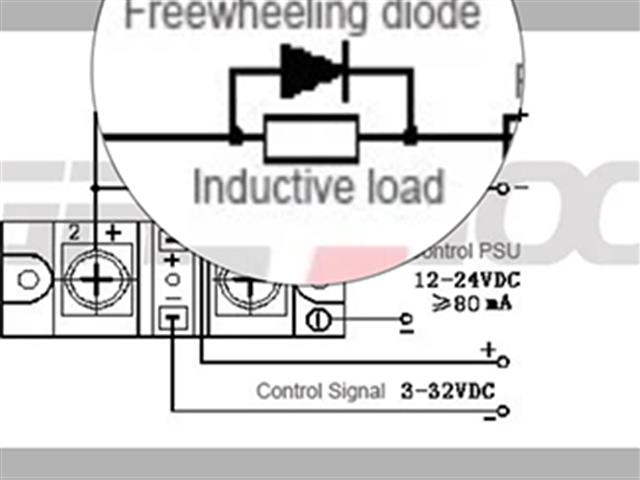What is the main difference between 8/20μs and 10/350μs in SPD?

The terms "8/20μs" and "10/350μs" refer to different surge waveforms used to characterize the performance and capability of Surge Protective Devices (SPDs). The numbers represent the time duration (in microseconds) of the surge current waveform and the surge voltage waveform, respectively. The main difference between these waveforms lies in their specific applications and the types of surges they simulate.
8/20μs Surge Waveform:
- The "8/20μs" waveform represents a surge current with a rise time of 8 microseconds and a decay time of 20 microseconds.
- This waveform is commonly used to simulate fast-rising and short-duration surges, such as those generated by lightning strikes or switching events in the power grid.
- SPDs rated with the 8/20μs waveform are suitable for protection against transient surges caused by lightning strikes and other rapidly occurring events.
10/350μs Surge Waveform:
- The "10/350μs" waveform represents a surge voltage with a rise time of 10 microseconds and a decay time of 350 microseconds.
- This waveform is used to simulate slower-rising and longer-duration surges, often associated with power distribution network switching operations and disturbances.
- SPDs rated with the 10/350μs waveform are appropriate for protection against sustained, longer-duration surges typically found in industrial settings and electrical distribution systems.
In summary, the main difference between 8/20μs and 10/350μs in SPDs lies in the type of surges they simulate and the application scenarios they are designed to protect against:
- 8/20μs: Suitable for protection against fast-rising and short-duration surges, such as lightning strikes and rapid switching events.
- 10/350μs: Suitable for protection against slower-rising and longer-duration surges, often associated with power distribution network switching operations and industrial electrical systems.
When selecting an SPD, it's essential to consider the specific application and the type of surges commonly encountered in the electrical system to ensure the appropriate level of protection for connected devices and equipment.

𝐃𝐢𝐟𝐟𝐞𝐫𝐞𝐧𝐜𝐞 𝐁𝐞𝐭𝐰𝐞𝐞𝐧 𝐃𝐮𝐚𝐥 𝐓𝐡𝐲𝐫𝐢𝐬𝐭𝐨𝐫 𝐌𝐨𝐝𝐮𝐥𝐞 𝐃𝐮𝐚𝐥 𝐃𝐢𝐨𝐝𝐞 𝐌𝐨𝐝𝐮𝐥𝐞 𝐚𝐧𝐝 𝐓𝐡𝐲𝐫𝐢𝐬𝐭𝐨𝐫-𝐃𝐢𝐨𝐝𝐞 𝐌𝐨𝐝𝐮𝐥𝐞
𝐃𝐮𝐚𝐥 𝐓𝐡𝐲𝐫𝐢𝐬𝐭𝐨𝐫 𝐌𝐨𝐝𝐮𝐥𝐞 vs 𝐃𝐮𝐚𝐥 𝐃𝐢𝐨𝐝𝐞 𝐌𝐨𝐝𝐮𝐥𝐞 vs 𝐓𝐡𝐲𝐫𝐢𝐬𝐭𝐨𝐫-𝐃𝐢𝐨𝐝𝐞 𝐌𝐨𝐝𝐮𝐥𝐞, what's their difference from function and structure?
Read More
𝑪𝒐𝒎𝒑𝒂𝒄𝒕 𝑺𝒐𝒍𝒊𝒅 𝑺𝒕𝒂𝒕𝒆 𝑹𝒆𝒍𝒂𝒚 - 𝑴𝒊𝒏𝒊 𝑷𝑼𝑲 𝑺𝒐𝒍𝒊𝒅 𝑺𝒕𝒂𝒕𝒆 𝑹𝒆𝒍𝒂𝒚 - 𝑭𝑨𝑺𝑻𝑶𝑵 𝑻𝒆𝒓𝒎𝒊𝒏𝒂𝒍 𝑺𝒐𝒍𝒊𝒅 𝑺𝒕𝒂𝒕𝒆 𝑹𝒆𝒍𝒂𝒚
𝑪𝒐𝒎𝒑𝒂𝒄𝒕 𝑺𝒐𝒍𝒊𝒅 𝑺𝒕𝒂𝒕𝒆 𝑹𝒆𝒍𝒂𝒚 - 𝑴𝒊𝒏𝒊 𝑷𝑼𝑲 𝑺𝒐𝒍𝒊𝒅 𝑺𝒕𝒂𝒕𝒆 𝑹𝒆𝒍𝒂𝒚 - 𝑭𝑨𝑺𝑻𝑶𝑵 𝑻𝒆𝒓𝒎𝒊𝒏𝒂𝒍 𝑺𝒐𝒍𝒊𝒅 𝑺𝒕𝒂𝒕𝒆 𝑹𝒆𝒍𝒂𝒚
Read More
The Critical Role and Application Analysis of Freewheeling Diodes in Solid-State Relay
The freewheeling diode plays a critical protective role in solid-state relays, especially when controlling inductive loads. It effectively suppresses back electromotive force, protects the power components of the solid-state relay, reduces electromagnetic interference, and enhances the stability and reliability of the circuit.
Read More
Mini Puck Solid-State Relay: A Compact and Reliable High-Efficiency Switching Solution
The GF1 solid state relay uses back-to-back thyristors for switching, which are more durable than traditional triacs.
Read More













